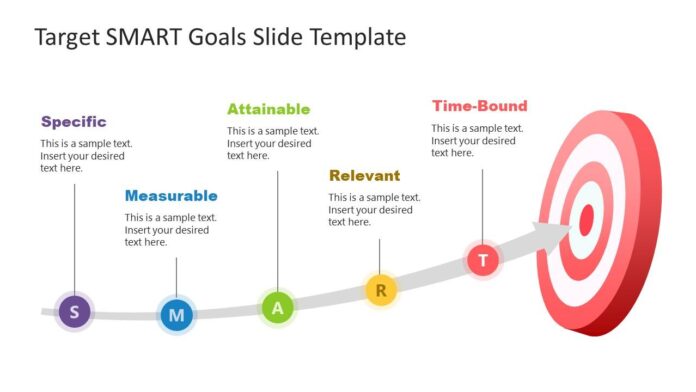
Setting SMART Goals for Your Fitness Journey
When it comes to achieving your fitness goals, setting specific, measurable, achievable, relevant, and time-bound goals can make all the difference. By following the SMART goal-setting framework, you can create a roadmap to success that will keep you motivated and on track.
Specific Goals
The first step in setting SMART goals for your fitness journey is to be specific about what you want to achieve. Instead of setting a vague goal like “get in shape,” try to make your goal more specific, such as “lose 10 pounds” or “run a 5k race.” By being specific about what you want to accomplish, you can create a clear plan of action and measure your progress along the way.
Measurable Goals
In addition to being specific, your fitness goals should also be measurable. This means that you should be able to track your progress and see tangible results. For example, if your goal is to increase your strength, you can measure your progress by tracking the amount of weight you lift or the number of reps you can complete. By setting measurable goals, you can stay motivated and focused on your progress.
Achievable Goals
While it’s important to set ambitious goals, it’s also important to make sure that your goals are achievable. Setting goals that are too lofty or unrealistic can lead to frustration and burnout. Instead, try to set goals that are challenging but attainable. For example, if you’re new to running, setting a goal to run a marathon in six months may not be realistic. Instead, you could set a goal to run a 5k race in three months and work your way up from there.
Relevant Goals
When setting fitness goals, it’s important to make sure that they are relevant to your overall fitness journey. Instead of setting goals based on what others are doing or what you think you should be doing, focus on what is important to you and your personal fitness goals. For example, if your main goal is to improve your cardiovascular health, setting a goal to increase your bench press max may not be the most relevant goal for you. Instead, you could set a goal to improve your mile time or increase your endurance.
Time-Bound Goals
Finally, your fitness goals should be time-bound, meaning that you should have a deadline for when you want to achieve them. By setting a deadline, you can create a sense of urgency and hold yourself accountable. For example, instead of setting a goal to “lose weight,” you could set a goal to “lose 10 pounds in three months.” This gives you a specific timeline to work towards and helps you stay on track.
By setting SMART goals for your fitness journey, you can create a clear roadmap to success that will keep you motivated and on track. Whether your goal is to lose weight, increase your strength, or improve your endurance, following the SMART goal-setting framework can help you achieve your fitness goals and become the healthiest version of yourself.

















